Bibliography
Caught Falling, The Confluence of Contact Improvisation, Nancy Stark Smith, and Other Moving Ideas page 90 onwards.
Curtis, B. (1988). Exposed to Gravity. Contact Quarterly/ Contact Improvisation Sourcebook I, Vol. 13. Pp. 156-162.
dancetechtv (2013) An Emergent Underscore: a conversation with Nancy Stark Smith, London. [online] Available from http://www.youtube.com/watch?v=gzG609NWp1Y [Accessed 1 December 2014].
Heitkamp, D. (2003). Moving from the Skin: An Exploratorium. Contact Quarterly/ Contact Improvisation Sourcebook II, Vol. 28:2. 256- 264
Neige Christenson (2009) The play of weight.[online video] Available from http://www.youtube.com/watch?v=Ltq6y06E8ew [Accessed 12 November 2014].
Omegabranch (2011) Contact Improvisation Mirva Mäkinen & Otto Akkanen.[online video] Available from http://www.youtube.com/watch?v=YMLbWxujoGw [Accessed 12 November 2014].
Paxton, S. (2003) Drafting Interior Techniques. In: Ann Cooper Albright and David Gere (eds.) Taken By Surprise: A Dance Improvisation Reader. Middletown, Connecticut: Wesleyan University Press, 175-184.
Ravn, Susanne. (2010) Sensing weight in movement. Journal of Dance & Somatic Practices,2 (1) 21-24.
Steve Paxton’s “Interior Techniques”: Contact Improvisation and Political Power.Full Text Available By: Turner, Robert. TDR: The Drama Review, Fall2010, Vol. 54 Issue 3, p123-135, 13p, 5 Black and White Photographs
Stover, J. (1989). Some considerations when structuring an Improvisation (to be seen by an audience). Contact Quarterly/ Contact Improvisation Sourcebook II, Vol.14. pp185
Touch: Experience and knowledge.Full Text Available By: Bannon, Fiona; Holt, Duncan. Journal of Dance & Somatic Practices, 2012, Vol. 3 Issue 1/2, 215-227.
Woodhull, A. Center of Gravity. Contact Quarterly/ Contact Improvisation Sourcebook I, Vol. 4. Pp. 43-48.
ZayacZhe (2009) Steve Paxton. smalldance [online video] Available from https://www.youtube.com/watch?v=6sJKEXUtv44 [Accessed 13th October 2014].
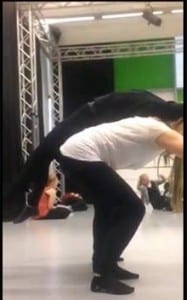
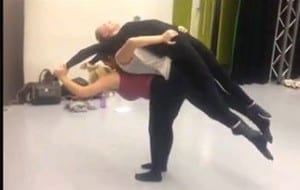
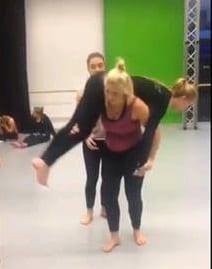

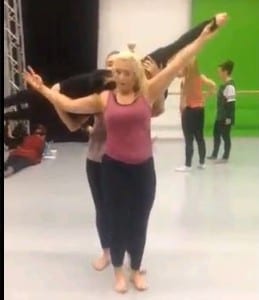
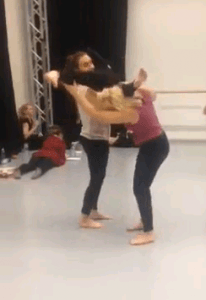
Recent Comments